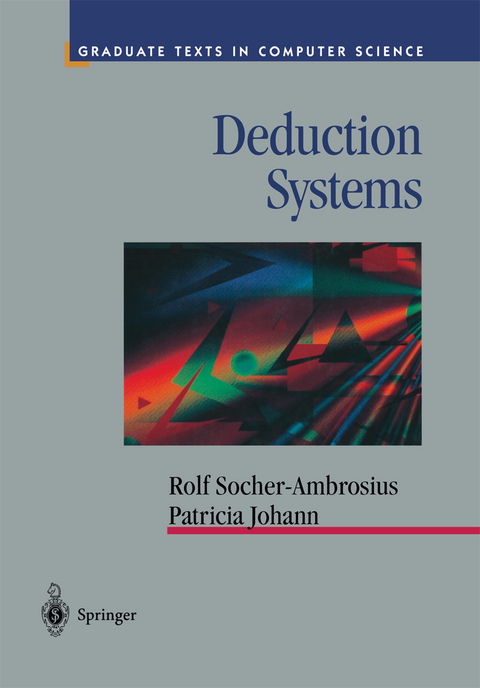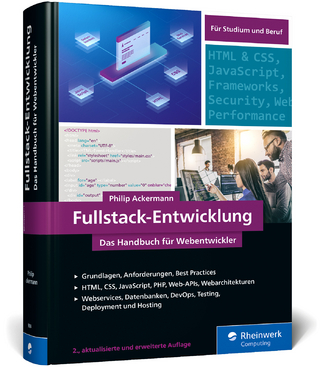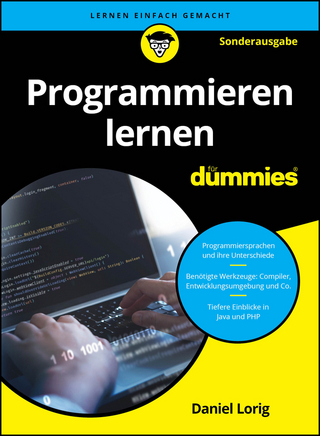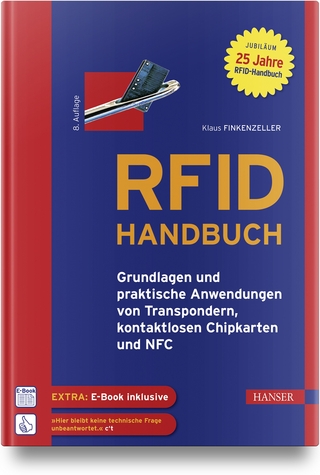
Deduction Systems
Springer-Verlag New York Inc.
978-1-4612-7479-7 (ISBN)
1 Introduction.- 2 Mathematical Preliminaries.- 2.1 Sets and Relations.- 2.2 Functions and Countability.- 2.3 Posets and Zorn’s Lemma.- 2.4 Trees.- 2.5 Mathematical Induction.- 3 Syntax of First-order Languages.- 3.1 First-order Languages.- 3.2 Induction over Terms and Formulae.- 3.3 Free and Bound Variables.- 3.4 Substitutions.- 4 Semantics of First-order Languages.- 4.1 Structures and Interpretations.- 4.2 The Substitution Lemma.- 5 The Gentzen Calculus G.- 5.1 The Calculus G.- 5.2 Completeness of G.- 6 Normal Forms and Herbrand’s Theorem.- 6.1 Normal Forms.- 6.2 Gentzen’s Sharpened Hauptsatz.- 6.3 Skolemization and Herbrand’s Theorem.- 7 Resolution and Unification.- 7.1 Ground Resolution.- 7.2 Unification.- 7.3 Improving Unification Algorithms.- 7.4 Resolution and Subsumption.- 7.5 Fair Derivation Strategies.- 8 Improving Deduction Efficiency.- 8.1 Delaying Unification.- 8.2 Unit Resolution.- 8.3 Input Resolution.- 8.4 Linear Resolution.- 8.5 Hyperresolution.- 8.6 Semantic Resolution and the Set-of-Support Strategy.- 8.7 Selection and Ordering Concepts.- 8.8 A Notion of Redundancy.- 9 Resolution in Sorted Logic.- 9.1 Introduction.- 9.2 Syntax and Semantics of Elementary Sorted Logic.- 9.3 Relativization.- 9.4 Sorted Logic with Term Declarations.- 9.5 Unification and Resolution in Sorted Signatures.- 9.6 Complexity of Sorted Unification.- References.
| Reihe/Serie | Texts in Computer Science |
|---|---|
| Zusatzinfo | XII, 206 p. |
| Verlagsort | New York, NY |
| Sprache | englisch |
| Maße | 170 x 244 mm |
| Themenwelt | Mathematik / Informatik ► Informatik ► Programmiersprachen / -werkzeuge |
| Mathematik / Informatik ► Informatik ► Theorie / Studium | |
| Mathematik / Informatik ► Mathematik ► Logik / Mengenlehre | |
| ISBN-10 | 1-4612-7479-6 / 1461274796 |
| ISBN-13 | 978-1-4612-7479-7 / 9781461274797 |
| Zustand | Neuware |
| Informationen gemäß Produktsicherheitsverordnung (GPSR) | |
| Haben Sie eine Frage zum Produkt? |
aus dem Bereich


